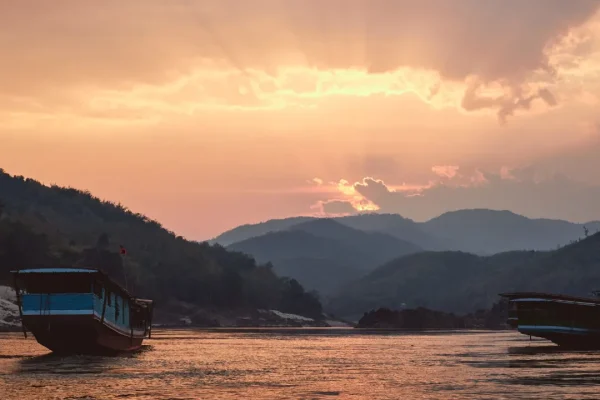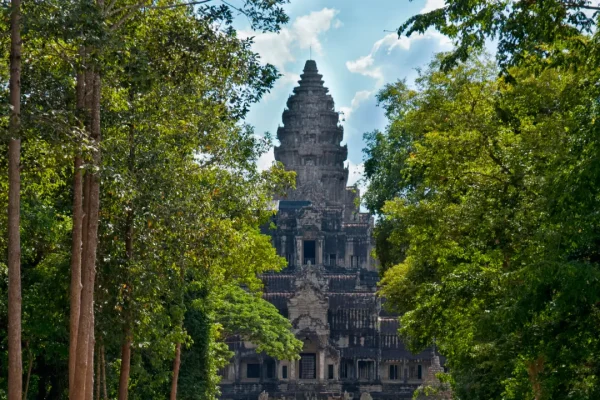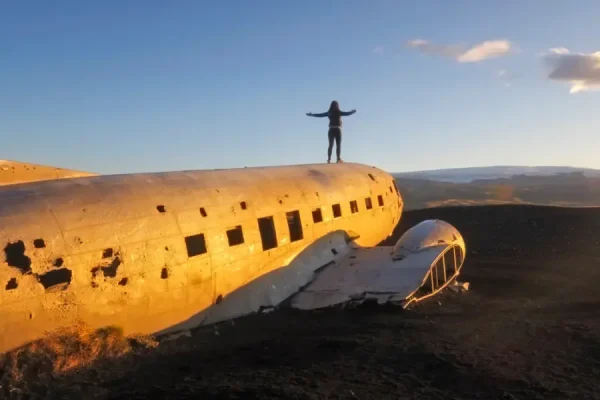Photographs have changed from a treasured few moments in time to a million images sitting on our phones, unregarded. What is it like to go back and look at photography as it was meant to be – an art that lets us hold onto a moment forever? Read on for our take on mindful, meaningful photography.
When you’re in the thrall of an indescribable travel experience, it’s natural to want to try and capture the moment. Photographs are the closest one gets to such a thing. Finding the right gear and lens is the easy part – but knowing when to snap the shutter is what distinguishes a good photograph from a great one. In this piece, we thought of delving into our inspiration and love for the art of photography, and the chance to relive our most incredible moments through photographs.
Why do we take photographs?
When we’re away somewhere for the first time, we focus on taking in as much of the place. From trying to memorize the minutest details to capturing the larger picture in front of us, photographs go a long way in cementing this first impression. Photographs like these are sensory links to a specific time and place. Picture this: we’re standing on the busiest street in Montmartre. Every inch is thronged by tourists – a mixture of ethnicities, ensembles, and faces. We raise our camera to capture the moment – maybe we follow the leading line of the road, filling the frame with the scene in front of us. Or maybe, we focus on one face in the crowd, while everything else fades into the background. Both capture the essence of that day in Montmartre, but in different ways.
Remember the basics
There are two main angles (no pun intended) involved in taking a great photograph. First, we need to know what we’re focussing on. If we’re trying to photograph the flaky crust of a cornetto, we must get close and let the subject fill the frame. However, if it is the vastness of the Uyuni salt desert that we want to remember forever, we need to shoot from a wide angle. Big or small, framing is an essential detail. The second, of course, is lighting. Photography has often been referred to as “painting
with light,” and we couldn’t agree more. Natural light is travel photography’s best friend, because it is very much a part of the moment and the memory that a photograph aims to capture. Learning how to balance shutter speed with aperture helps us make the most of the light available to us, and use it to create a dramatic picture.
Be in the moment
One might think they have a better chance of getting a good photograph simply by taking many – the law of averages, so to speak. However, there’s a lot more value in a picture that is carefully framed, measured, and mindfully shot. By grounding ourselves and being present in the moment, we are able to ‘see’ a lot more through the viewfinder, and the resultant photograph is better for it. A photograph that is shot this way is a lot more likely to capture the sound of chatter in a cafe, the fragrance of summer in the air, and the feeling of seeing a cityscape coloured by the setting sun.
 Away Exotics
Away Exotics



